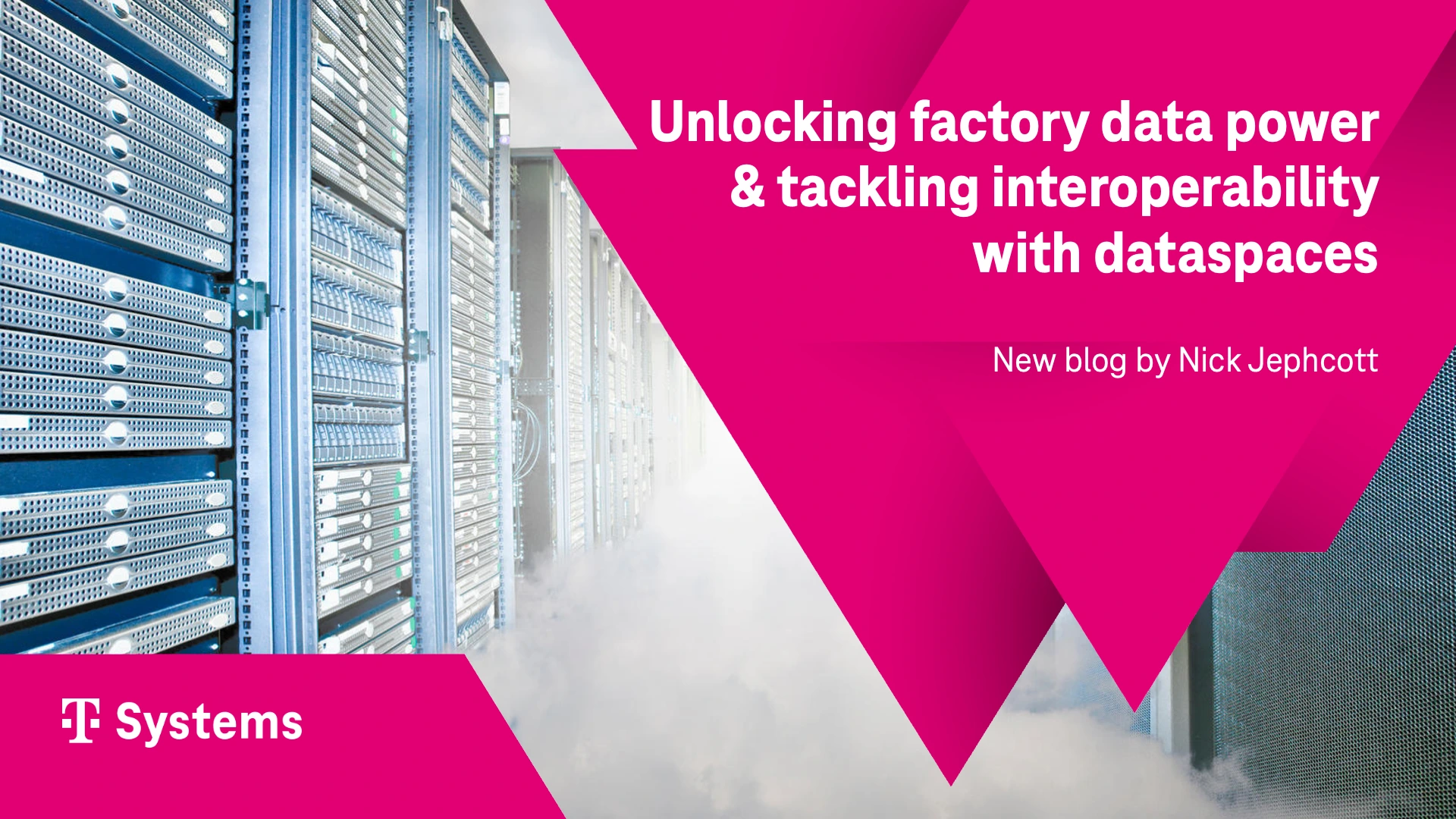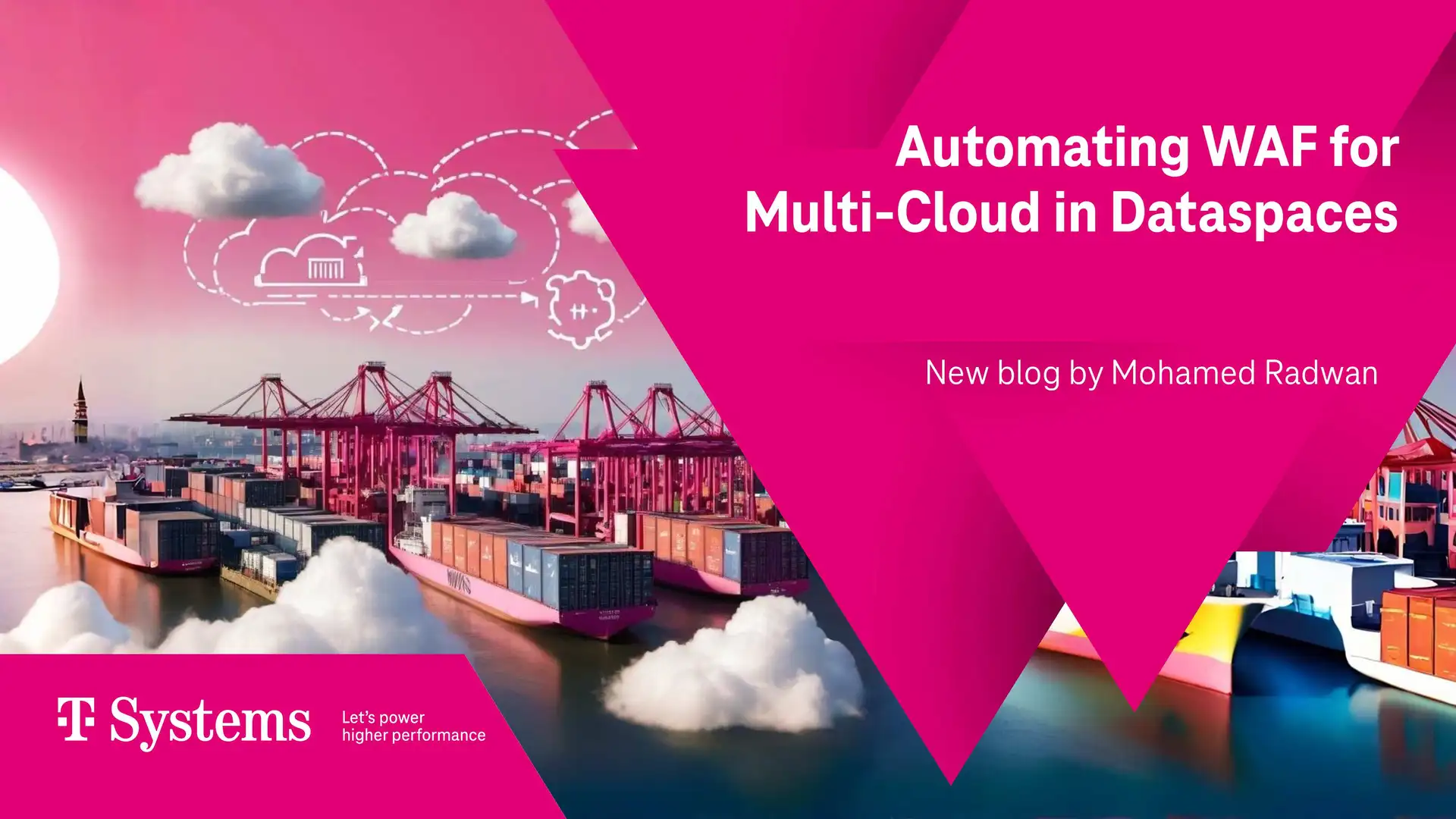Economic digitalization requires new, digital business models to be developed. There is a growing focus on data and information management. U.S. companies such as Amazon, Facebook, and Google are demonstrating how new business can be developed with data: their market capitalization is putting traditional industrial companies in the shade (see “Metamorphosis of Auto into Mobility,” link). Engineering and refining raw data to create “data products” that can be processed directly using artificial intelligence (AI) – known as “AI-ready data” – plays a key role here (see “Data factories for data products,” link). This is posing new challenges for both the management and IT departments of many different companies. TU Dortmund University and its “Industrial Information Management” professorship headed by Prof. Boris Otto is responding to these challenges and incorporating data innovation and practice directly into tuition; it is a similar approach to the one taken by companies that are using incubators or startup accelerators to link in with the rapid digital market development (Figure 1 shows Prof. Otto with the Federal Government at the 2019 Digital Summit in Dortmund). This foray into practical experience and applied data innovation is being made possible by the Telekom Data Intelligence Hub, a platform-as-a-service (PaaS) product that operates from the cloud and is fully browser-based.
Data economy from theory to practice at TU Dortmund University
In particular, STEM* programs require practical and active participation and at least one virtual laboratory environment in order to skilfully apply the theory taught. An initial trial with the Telekom Data Intelligence Hub took place in a class for MBAs (Master of Business Administration) at the Peter Drucker School of Management at Claremont Graduate University in a suburb of Los Angeles. Deutsche Telekom employee Chris Schlueter Langdon is the co-founder of the Drucker Customer Lab university institute and a Data Science & Analytics professor there (link). He gives lectures on data analytics, smart products/Internet of Things (IoT), and applied data analytics in marketing, such as social media analytics. Particularly in a non-technical Master’s program, a learning platform needs to function quickly and smoothly without requiring extensive installation and onboarding work or long training sessions, which there is no time for in an already jam-packed curriculum. Prof. Langdon also took care of incorporating the Telekom Data Intelligence Hub into the lectures given by Prof. Otto and his colleague, Tobias Guggenberger, in Dortmund. The idea behind the scheme is for students to get to grips with the topic of the data economy, on the one hand through short lectures with demonstrations, and on the other hand by means of practical work using relevant platforms such as the DIH. This has turned the DIH into a tuition topic, tool, and virtual learning environment all in one.
The DIH as an IDS-based multi-functional tool for the data economy
Prof. Otto’s course deals with the role of data and information as a production factor in industrial operations (module MB-97 2020, link). There is a particular focus on the importance of data for smart service and Industry 4.0 scenarios. In this respect, the DIH helps to make abstract concepts such as data and the data marketplace more tangible, as well as enabling students to try out new approaches such as creating data products on a live platform.
The Telekom Data Intelligence Hub three-in-one solution
The DIH offers three service bundles in this respect. Figure 2 provides an overview. The first is a data exchange (data marketplace), the second is a DIH workspace with open source analytics tools for data engineering such as algorithm development (data science), and the third is a data connection service for secure n:n data sharing (see “T-Systems as pioneer: Implementing IDS,” link). The latter functions on the basis of a new standard, IDS (International Dataspace, link), which was developed by Fraunhofer Gesellschaft. Prof. Otto is involved in this too. He heads the Fraunhofer Institute ISST, which is the leading driver of the technical development of IDS for Fraunhofer (link). With the DIH Exchange, students learn the basics of why data marketplaces are essential for the future and how they work, for example. They gather experience using real data sets and create and offer their data products with corresponding metadata. Figure 3 shows the self-service tool for creating data products. In addition, raw data can be refined with open source tools for use in analytics and artificial intelligence. Data harmonization and classification problems can be investigated and resolved experimentally.

Virtual learning environments: practical experience instead of just theory
The coronavirus pandemic in 2020-2021 highlighted the importance of virtual learning environments for teaching across the board. Particularly for STEM* programs, the Data Intelligence Hub offers a virtual laboratory environment that enables students to work together and prepare case studies fully online. In addition, a platform for independent B2B data sharing is implemented via a data marketplace, based on the standards of the International Dataspace (IDS, link). Deutsche Telekom’s Data Intelligence Hub implements IDS as a cloud-based service to cut costs and data exchange times. It functions as a neutral data administrator with the highest security standards, and can guarantee individual data sovereignty through decentralized data storage. Figure 4 shows a key component – the “connector.” Although the DIH is a B2B platform, onboarding is very simple for individual users too thanks to the “Getting Started Guide,” a step-by-step, practical introduction that uses relevant case studies (link; Figure 5 shows an overview).
Are you interested in using the DIH as a virtual learning environment for your teaching, to enable an exploratory, practical approach to work? If so, please get in touch with the Telekom Data Intelligence Hub team in the “Contact us” section of the website: https://dih.telekom.com/en/contact
*STEM is a collective term meaning subjects or professions in science, technology, engineering, and mathematics.
Find out more:
- Institute of Prof. Dr. Otto at TU Dortmund University: link
- Drucker Customer Lab of Prof. Dr. Langdon at the Peter Drucker School of Management, CGU: link
- Data sovereignty with IDS: “IDSA on Center Stage at Data Natives of Europe,” link
References
Otto, B., A. Rubina, A. Eitel et al. 2021. GAIA-X and IDS – Position Paper. International Dataspaces Association, Version 1.0 (January), Dortmund, Germany, link
Schlueter Langdon, C., and R. Sikora. 2020. Creating a Data Factory for Data Products. In: Lang, K. R., J. J. Xu et al. (eds). Smart Business: Technology and Data Enabled Innovative Business Models and Practices. Springer Nature, Switzerland (forthcoming)
TU Dortmund University, Mechanical Engineering Faculty. 2020. Module manual for Master’s in Logistics: 36-37, link





























